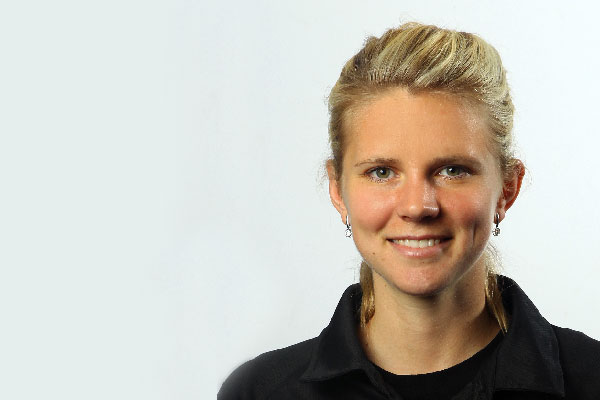HPSNZ Performance Physiologist Katherine Oberlin-Brown says Beijing is expected to be colder and windier than PyeongChang, which hosted the last Winter Olympic and Paralympic Games, posing a chilly challenge for New Zealand athletes, coaches and support staff.
“Preparation and strategies that enabled athletes to overcome the extreme heat was critical for New Zealand’s success at the Tokyo 2020 Summer Games last year and coping with the cold will be just as important for our athletes in Beijing,” she says.
Katherine has been working with New Zealand’s Winter Olympic and Paralympic athletes on a strategy to ensure they are as ready as possible to take on the cold and the competition.
“The first stage was about testing competition clothing for heat leaks, ways to retain heat, and how performance is impacted by the cold. So we spent a week in a refrigerated container set to -15C.”
To assess competition clothing for heat leaks when exposed to average Beijing cold conditions, Katherine and the team used skin temperature sensors and thermal imaging. They compared results with additional external layering such as a jacket or blanket. They also used the sensors to evaluate the link between muscle temperature and power, via a jump performance test.
The results were used to inform decisions on items needed to help athletes stay warm on the mountain, give athletes individualised feedback on the effectiveness of their competition clothing for Beijing conditions, and provide athletes and coaches with recommendations on how to optimise performance on cold days, through use of cold strategy items and specific warm-ups.
Katherine says HPSNZ then collaborated with the NZOC on Winter Olympic and Paralympic clothing specifications and additional items to enhance performance and comfort.
“Following the testing in the freezer we designed and manufactured a special winter blanket to help the athletes keep warm in the cold and maintain muscle temperature which is important for power and performance,” Katherine says. “They can use these any time they are on the mountain and remove them prior to competition.”
Heated socks, heated chairs, USB-powered handwarmers and merino base layers are among the other items Kiwi athletes will have on the mountain to beat the cold.
Katherine says as well as being equipped with the latest in cold combatting innovations, athletes (and their coaches) have had important one on one sessions to go over aspects of recovery and identify opportunities for performance gains to be made.
“The key thing here has been to educate athletes on all aspects of recovery – especially the big rocks of sleep, nutrition, stretching and mobilisation, and rest – so they feel they have the tools to do exactly what the need to.”

